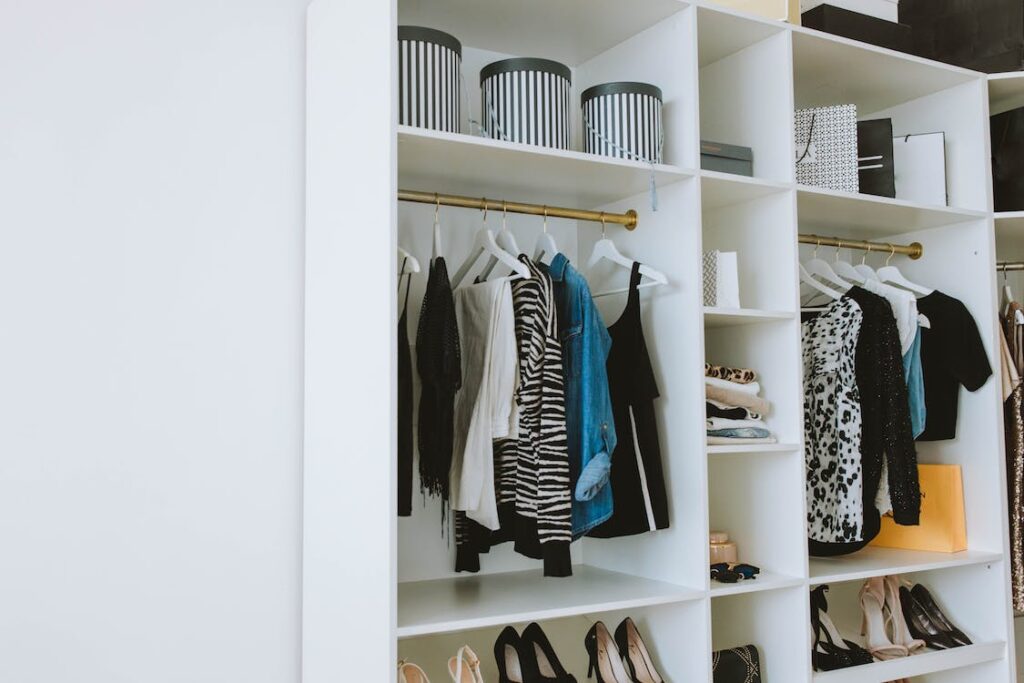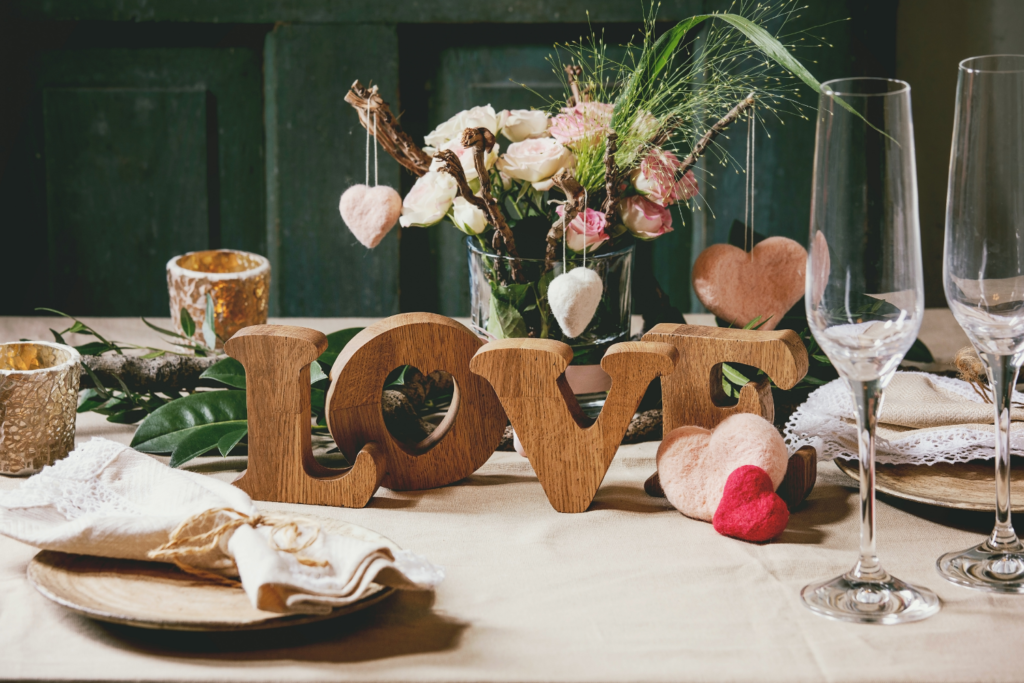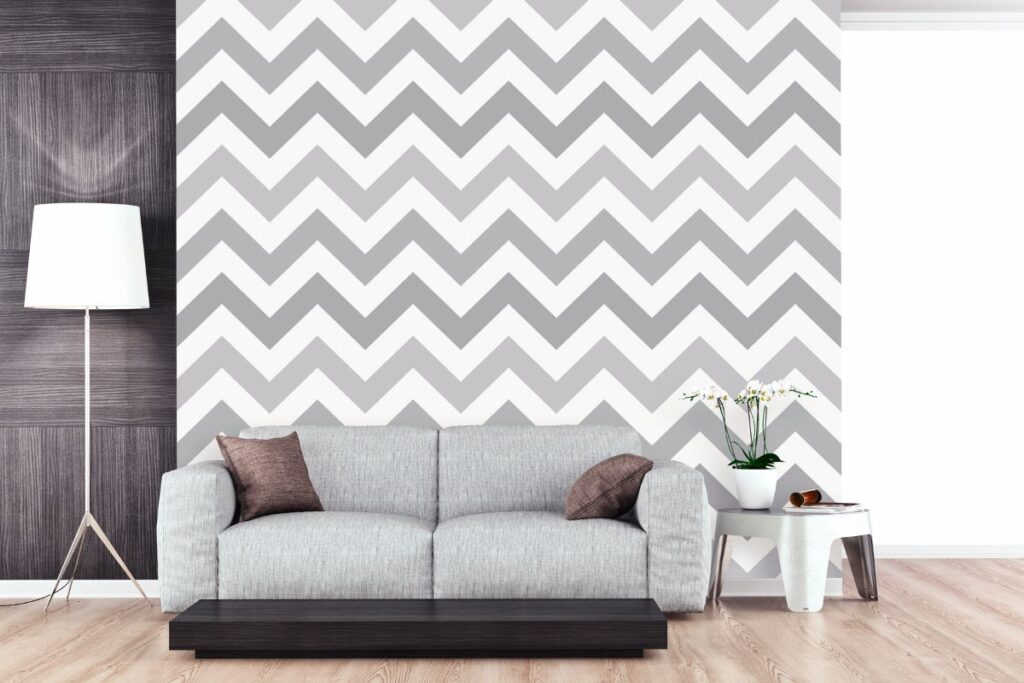Is your closet bursting at the seams with clothes you rarely wear? Do you struggle to find your favorite pieces amidst the clutter? If so, it’s a clear sign to take control and responsibly declutter your closet. We’ll take you through a step-by-step process of transforming your chaotic wardrobe into a well-organized, sustainable haven for your clothing!
Contents
- The Benefits of Responsible Closet Decluttering
- Step-by-Step Guide to Responsibly Declutter Your Closet
- Sorting and Categorizing Your Wardrobe
- Responsible Disposal of Unwanted Items
- Organizing and Storing Your Keep Pile
- Creating a Sustainable Shopping Strategy
- A Clutter-Free and Sustainable Closet Awaits
The Benefits of Responsible Closet Decluttering
First and foremost, when you responsibly declutter your closet, you regain control of your space and daily routines. Imagine no longer wasting precious minutes searching for that elusive blouse buried beneath a mountain of forgotten garments. A decluttered closet simplifies your life, making it easier to select outfits and maintain an organized space.
Moreover, responsible closet decluttering aligns with eco-conscious living. You can actively combat the fashion industry’s negative environmental impact by reducing your clothing footprint. You’ll lower your contribution to textile waste, reduce the need for excessive production, and lower carbon emissions associated with clothing manufacturing.
Or, if your goal is building your capsule wardrobe, responsible decluttering enables you to curate a collection of versatile, high-quality pieces that perfectly suit your style and lifestyle. Say goodbye to the feeling of having “nothing to wear” while simultaneously minimizing excessive consumption.
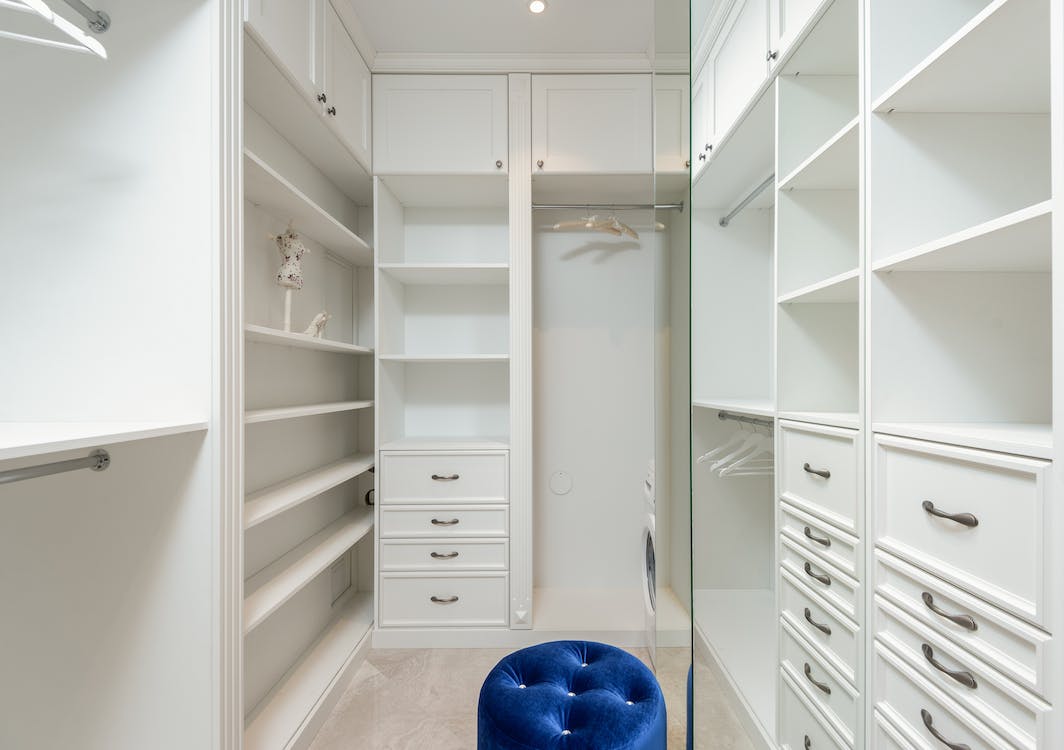
Step-by-Step Guide to Responsibly Declutter Your Closet
Are you ready to embark on making your closet your dream space? This step-by-step guide will walk you through the entire process of transforming your closet into an organized, sustainable space.
Step 1: Set Clear Goals
Before you start decluttering, define your reasons for doing so. Whether creating more space, simplifying your life, or reducing your environmental footprint, having clear objectives will keep you motivated.
Step 2: Choose the Right Time
The best time is between the seasons, for example, winter and spring. That’s when you can clearly see what you wore in the previous season and plan what you’ll wear in the next. But, if you’re planning to relocate, decluttering before your move is an excellent idea that should include your closet, too. It lightens your moving load and ensures that only essentials make the journey to your new home.
Step 3: Sorting and Categorizing
Begin by taking everything out of your closet and sorting items into categories like “keep,” “donate,” and “discard.” Be honest about what you need and love.
Step 4: Responsible Disposal
Explore eco-friendly options for unwanted items. Consider donating to charities, recycling, or upcycling to minimize waste.
Step 5: Organizing and Storing
Maximize your closet’s efficiency by using storage solutions like bins and hangers. Maintain the organization to prevent future clutter.
Sorting and Categorizing Your Wardrobe
Sorting and categorizing your wardrobe can be one of the more challenging steps. However, this process brings order to your closet chaos and helps you make informed decisions about what stays and what goes. Here’s how to do it:
- Clear Your Space Begin by emptying your entire closet so you can see every item clearly and make the sorting process more manageable.
- Create Categories Establish distinct categories for your clothing, such as “keep,” “donate,” and “discard.” As you sort, consider factors like wear frequency, sentimental value, and fit.
- The KonMari Method Embrace this method by holding each item and asking, “Does this spark joy?” If it doesn’t, it’s time to part ways. This approach helps you make emotionally-driven decisions about your clothing.
- Quality Over Quantity: Prioritize quality over quantity. Keep items that are versatile, durable, and timeless, ensuring they align with your style and lifestyle.
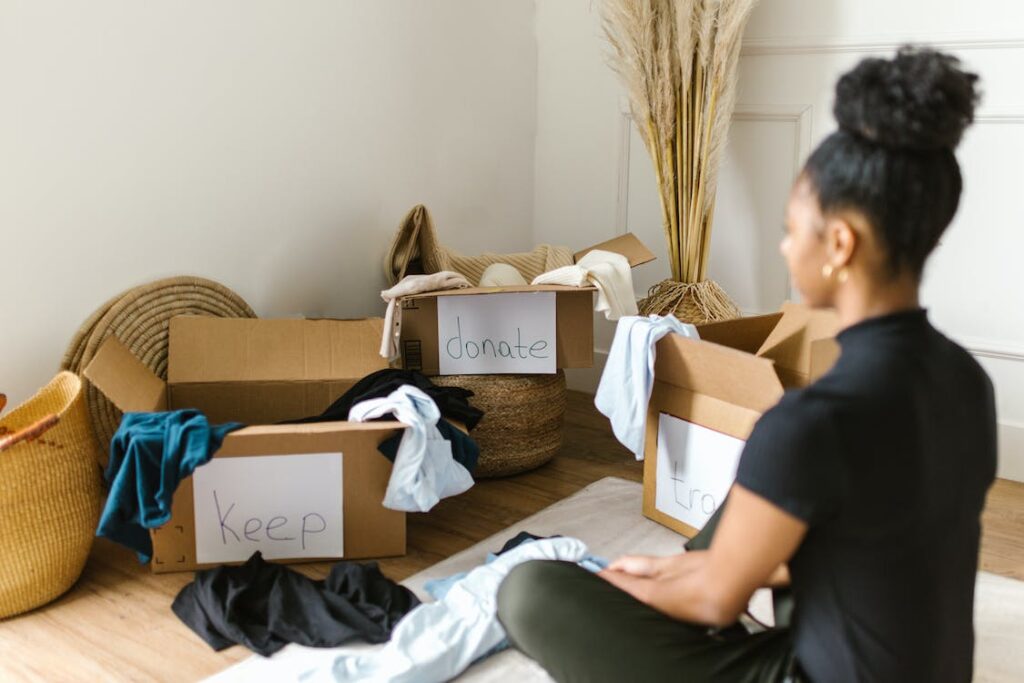
Responsible Disposal of Unwanted Items
Once you’ve identified the clothing items you no longer need in your closet, the next step is ensuring their responsible disposal. There are several eco-friendly strategies for parting ways with your unwanted garments, giving them a second life beyond your wardrobe.
For instance, consider donating your gently worn clothing to charities or organizations that support those in need. Your pre-loved items can find new homes and serve a greater purpose.
Look into recycling options for clothing that is beyond repair or repurposing. Fabrics can often be recycled into new materials, minimizing their environmental impact. You can also take the opportunity to redesign your wardrobe by upcycling items into something new and unique.
Organizing and Storing Your Keep Pile
Congratulations on successfully decluttering your closet and creating a streamlined “keep” pile. Now, it’s time to organize and store these chosen pieces effectively.
The first thing to do is to maximize your closet space. Utilize your closet’s vertical space with shelves, hooks, and additional storage solutions. Invest in quality hangers and bins to keep your clothing in excellent condition.
Next, categorize by function and season. Arrange your clothes by function (work, casual, formal) and season (summer, winter) to simplify daily outfit selection. That way, you can easily find what you need. Also, place frequently worn items at eye level for quick access. Seasonal or occasional items can be stored on higher or lower shelves.
Lastly, make it a habit to maintain your organized closet by returning items to their designated spots after use. Regularly review and update your wardrobe as needed.
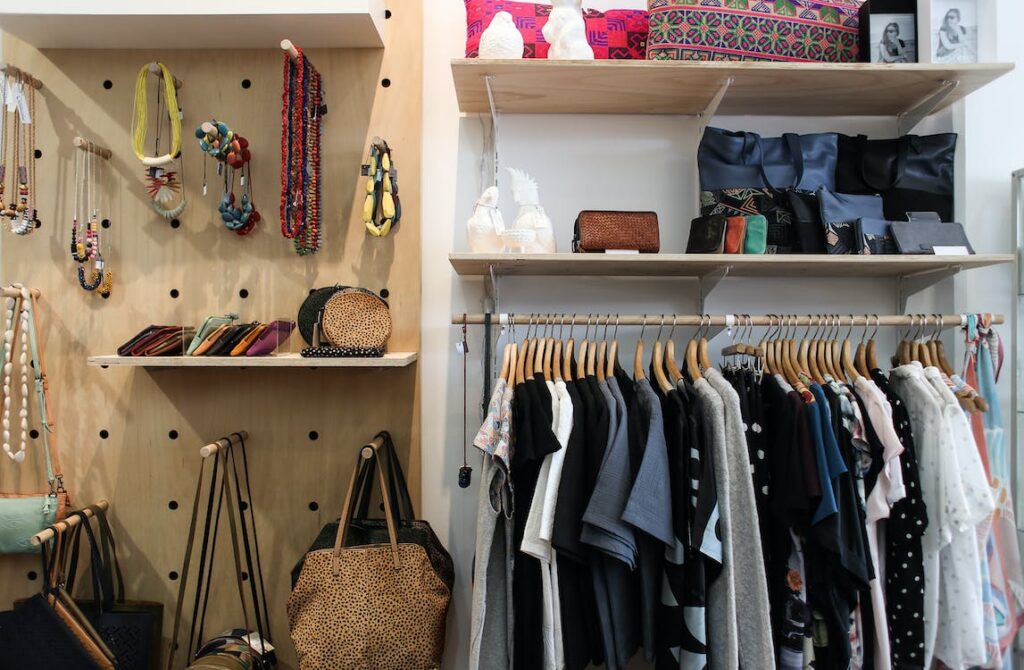
Creating a Sustainable Shopping Strategy
Now that your closet is decluttered, organized, and filled with pieces you truly love, it’s essential to maintain this newfound clarity and sustainability. Building a sustainable shopping strategy is the final piece of the puzzle, ensuring that you continue to make mindful and eco-conscious choices when it comes to your wardrobe.
You can achieve this goal by prioritizing quality pieces that stand the test of time. Investing in timeless items reduces the need for frequent replacements. These pieces may be expensive, but they don’t have to be. Explore thrift stores, consignment shops, and online platforms for pre-loved fashion. Focus on sustainable fashion that can often be found in the treasures of someone else’s closet.
Also, research and support brands that promote sustainable fashion and prioritize eco-friendly practices and ethical production. Of course, steer clear of fast fashion trends whenever possible and opt for pieces that align with your style. Focus on longevity and versatility, not fleeting trends.
A Clutter-Free and Sustainable Closet Awaits
Responsible closet decluttering is a transformative journey that simplifies your daily life and contributes to a more sustainable future. By sorting and categorizing your wardrobe, disposing of unwanted items, and creating a sustainable shopping strategy, you can achieve a clutter-free and eco-conscious closet that aligns with your values and style. Embrace the change, and responsibly declutter your closet today!


